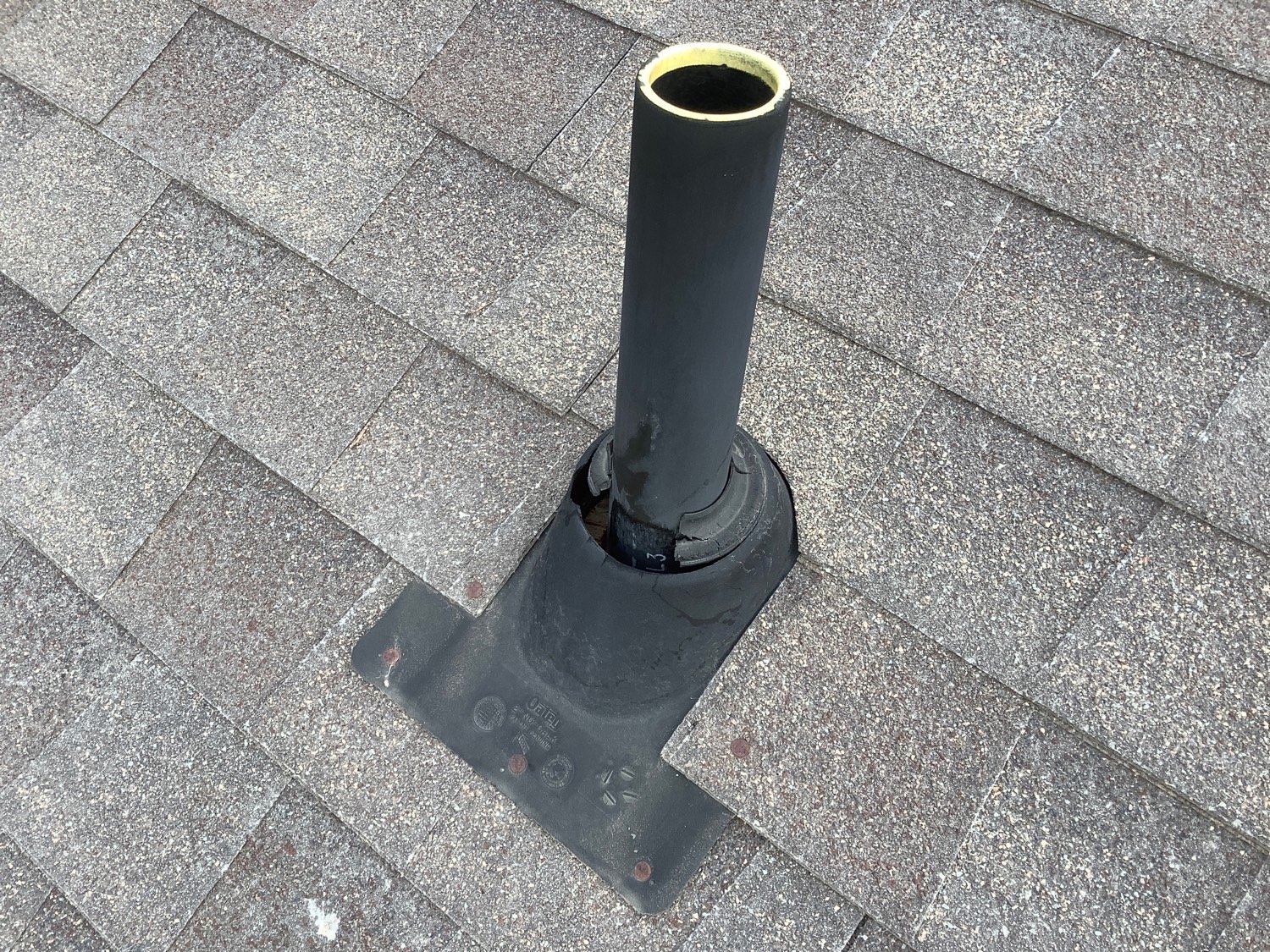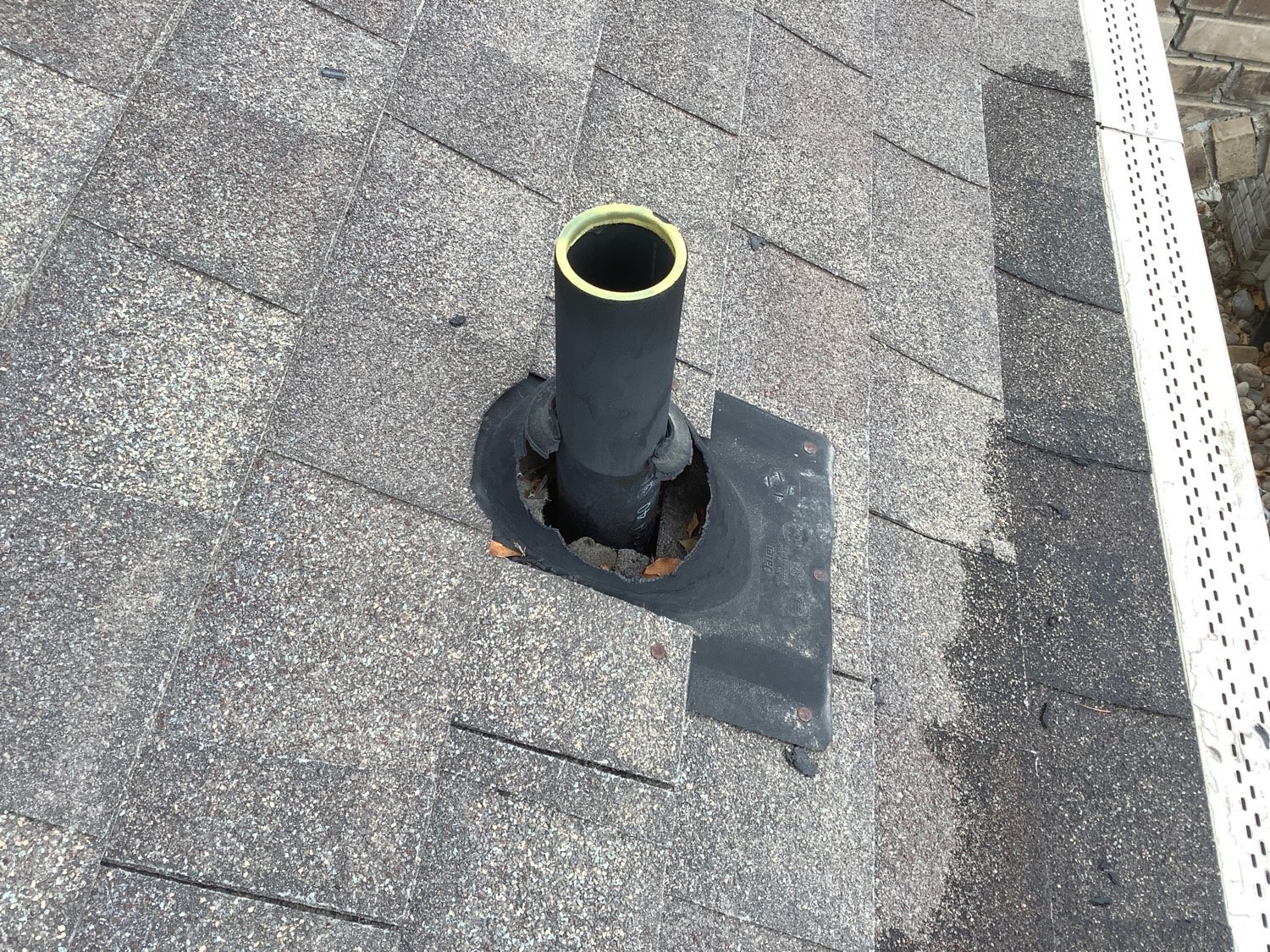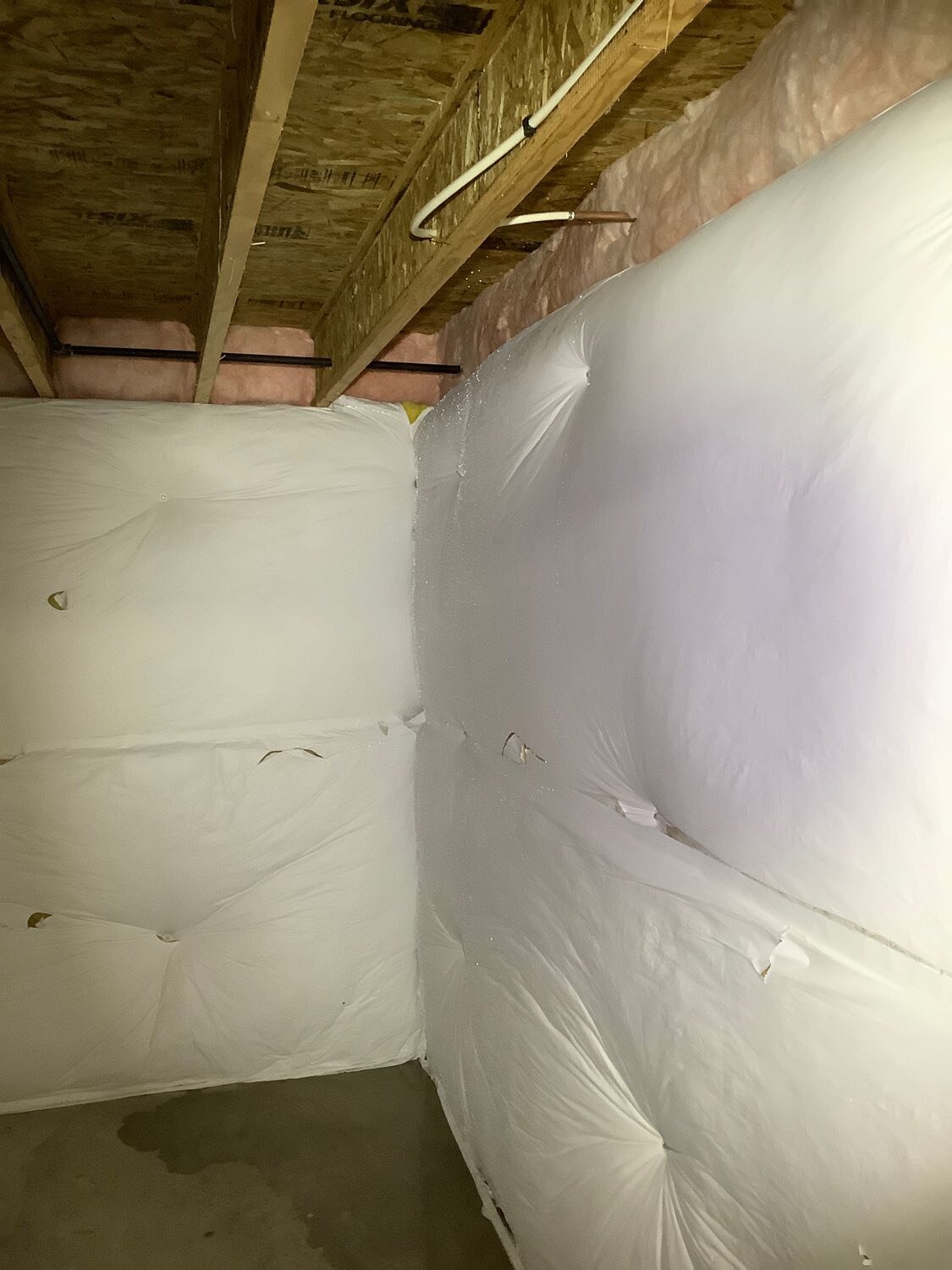During a home inspection, one of the most critical areas for us to assess is the foundation. A solid foundation is the bedrock of a stable home, and identifying any issues early can save you from future headaches and expenses. Here's what we look for:
1. Visible Cracks: We inspect the foundation walls both inside and outside for visible cracks as much as is possible. There are several different types of cracks that have various meanings and degrees of concern. To list a few, there are vertical, horizontal, diagonal, v-shaped, pyramid-shaped and cracks shaped like stairs. In order to determine if the crack is an issue, we consider key components such as width, direction, length and other notable factors before we give our recommendations.
However, it is important to note that not all cracks are equally problematic. Hairline cracks in the concrete or superficial cracks should be noted and evaluated, but unless cracks are more than 1/4” wide, they are probably not a structural concern. Furthermore, in older homes, especially those with stacked stone or rubble foundations, movement is common and not always a sign of a poor foundation.
2. Uneven Floors: Sloping or uneven floors can be a sign of foundation settlement. We carefully evaluate the floors in each area of the house.
3. Sticking Doors and Windows: Doors or windows that no longer open and close smoothly can be due to shifts in the foundation. We pay close attention to any particular areas of a home where this might be the case as this can indicate an underlying issue.
4. Water Damage: We search for signs of water damage, such as efflorescence (white, powdery residue), dampness, or mold on the foundation walls. These can be indicators of water infiltration near the foundation.
5. Crumbling or Chipping: Foundation materials should be solid. When we spot crumbling or chipping concrete or masonry, this can be a signal of deterioration, often due to moisture that is subjected to the freeze/thaw cycles so common here in Northern Colorado.
6. Exterior Landscaping: We check for any unusual changes in the landscape around the foundation, such as excessive settling, soil erosion, or large tree roots that might affect the foundation's stability. Poor drainage can also effect the foundation, and while common, such issues can be cause costly repairs.
If any of these issues are spotted during a home inspection, we will recommend consultation with a professional foundation inspector or structural engineer for a more in-depth evaluation. Early detection can save you from costly repairs down the road and ensure your new home is built on a strong foundation.

















